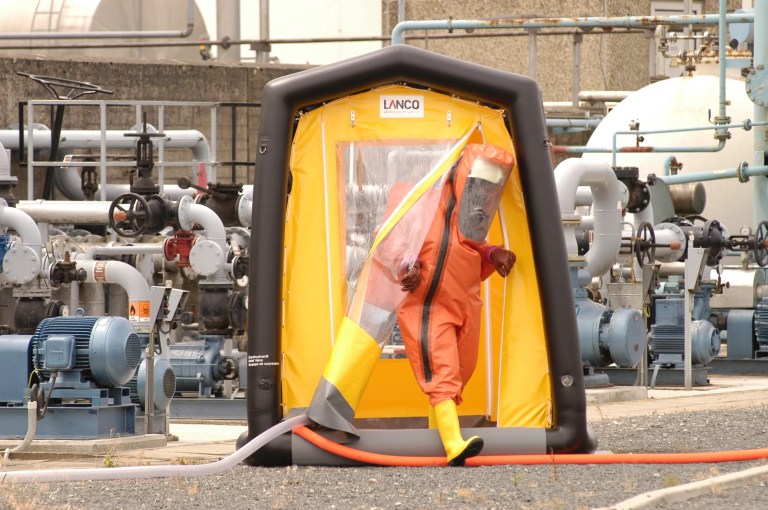When Should Safety Showers & Emergency Eyewashes Be Used?
OSHA 29 CFR 1910.151(c) and ANSI/ISEA Z358.1 detail that emergency safety showers and eyewashes should be used where the body or eyes of any employee…

OSHA 29 CFR 1910.151(c) and ANSI/ISEA Z358.1 detail that emergency safety showers and eyewashes should be used where the body or eyes of any employee…

Known for its cost-effectiveness, durability, flexibility, and adaptability, polyvinyl chloride (PVC) is a cornerstone material in industries worldwide. ISO 11193-2:2006— Single-Use Medical Examination Gloves –…

Employers have a responsibility to provide healthy workplaces, for both the well-being of the employees and the efficiency of the enterprises. In certain emergencies, access…

In the United States, nearly every 1 in 5 construction workplace fatalities is from a struck-by injury. A struck-by injury occurs when a worker is…

The most recent edition of the American National Standard used for safety glasses, safety goggles, side shields, and other eye and face protection devices is…

LANCO Decontamination Shower, ANSI/ISEA 113 compliant Decontamination showers act as a quick and effective method for first responders and others needing to rid victims exposed…

Why Wear Impact-Resistant Gloves? According to The Industrial Safety & Hygiene News, the second most common body part injured at work is the hand. The…

When handling hazardous materials in factories, laboratories, or other workplaces, there’s a lot of factors to consider in assuring personnel safety. As a final level…

Our brain is the epicenter of our being, and yet industrial head protection is a concern unique to modern history. Prior to this time, safeguards…